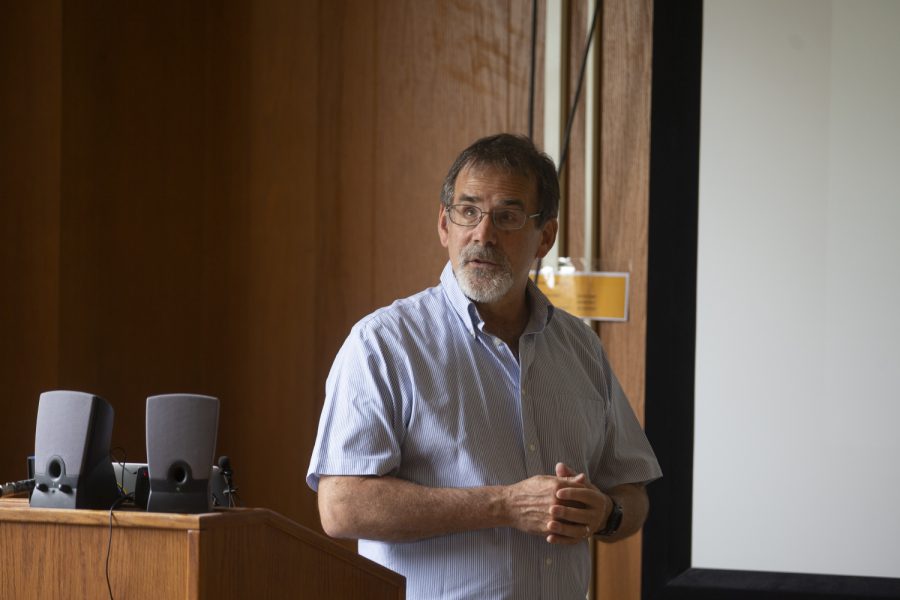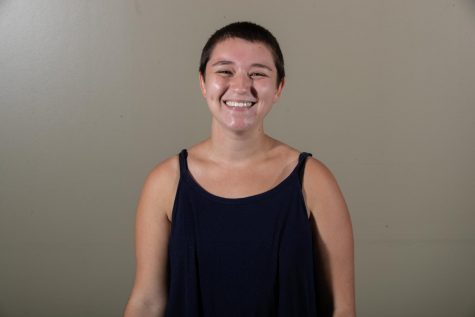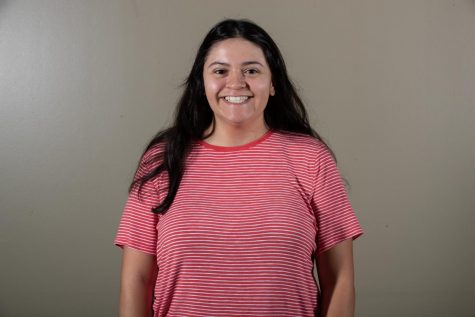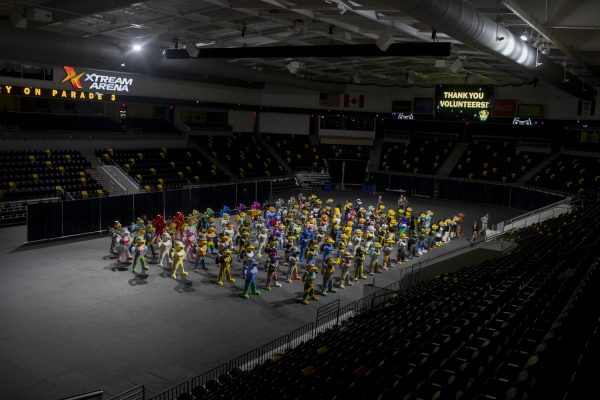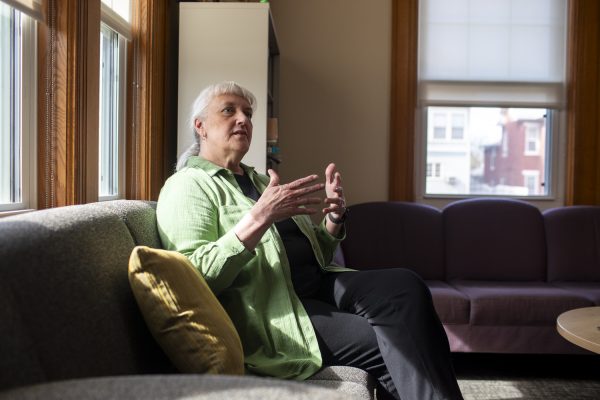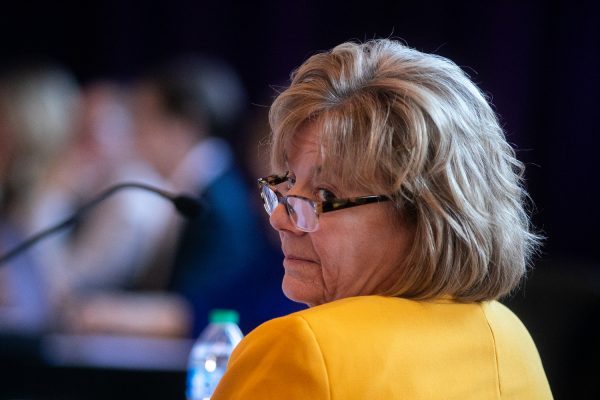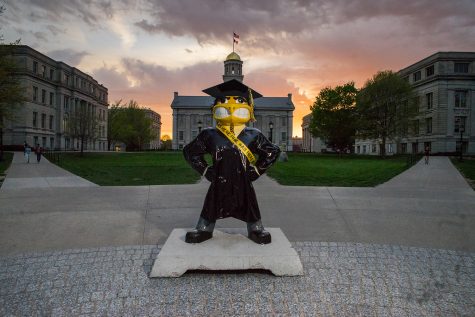UI research team receives largest research award in UI history
A national team of space researchers, led by UI professor Craig Kletzing, has received $115 million from NASA to explore interactions between the Earth and Sun’s magnetic fields.
Craig Kletzing explains the science behind his project during a press conference on Monday, June 25, 2019. (Emily Wangen/The Daily Iowan)
June 24, 2019
A national team of researchers led by University of Iowa Professor Craig Kletzing has received the largest research award the university has ever seen.
The $115 million from NASA will fund research into interactions between the Sun and the Earth’s magnetic fields. The UI branch of the team will receive around $20 million of the funding, with the rest being distributed across the U.S. to other institutions.
“This is a really exciting time for us,” said Professor Fred Skiff, the UI Physics/ Astronomy Department head.
Kletzing, the principal investigator on the project, said there are more than 100 people involved nationally in the project, called Tandem Reconnection and Cusp Electrodynamics Reconnaissance Satellites, or TRACERS.
“By no means is this all about me; it’s a whole team effort … and we were fortunate enough to be selected by NASA to fly this mission,” Kletzing said.
TRACERS was one of two teams picked out of 15 to study the Sun and its effects on the Earth and the universe.
The project will send two satellites into space, one right after the other, to the specific region in space in which particles from the solar wind are able to come through openings in the Earth’s magnetic sphere that occur where the Sun and Earth’s fields touch. These areas, called cusps, allow particles to come very close to the Earth. TRACERS will look at these particles and try to answer decades-old questions.
“When [the particles] come down, they have features in them that people have debated for more than two decades about what’s going on there,” Kletzing said. “Is it space, is it time, is it some combination of the two? We don’t know the answers because we’ve never had two satellites in exactly the right orbit space in exactly the right way to figure that out.”
Once launched, each satellite will pass through the cusps once every hour and a half. Data will be sent from the satellites to researchers twice a day.
The researchers started working on their proposal almost three years ago, and the satellites are likely to launch in three and a half years, Kletzing said.
The timeline for TRACERS had to be pushed back during the recent U.S. government shutdown, which lasted from Dec. 22, 2018, to Jan. 25. Kletzing said the team will discuss all the details, including a new launch date, soon. The researchers were originally supposed to have the project underway on April 19, and the launch was set for 2022.
Associate Professor Jasper Halekas is in charge of the Analyzer for Cusp Electrons instrument, which he described as one of the “noses” of the crafts. Halekas said that when the original proposal was submitted to NASA, he wasn’t confident that the UI team was going to receive the funding. The team was the only one of the top five picked with a university principal investigator — all the other teams have NASA or industry leaders, which could have put the UI researchers at a disadvantage.
“We work on a lot of proposals for big projects like these, and the chances of winning any particular one are really small … to win is really huge,” he said.
Kletzing said the project is part of NASA’s Small Explorer program, which works to fund missions that cost less than $120 million. The crafts are part of a newer generation of small satellites that are finding new ways of doing great science.
Halekas, who has been at the UI for five years, said the new hirings in the department are helping to usher in the new time.
“This is a department that has a rich history of space physics, but it’s exciting to see our upward trajectory now,” Halekas said.



